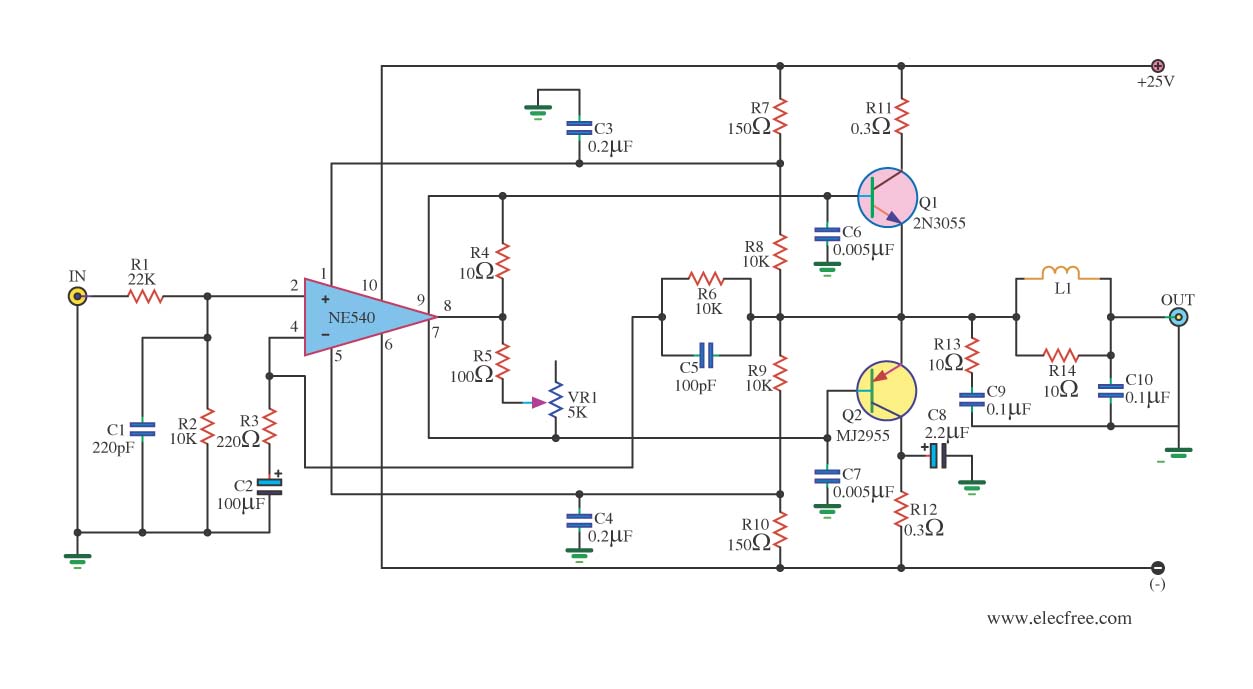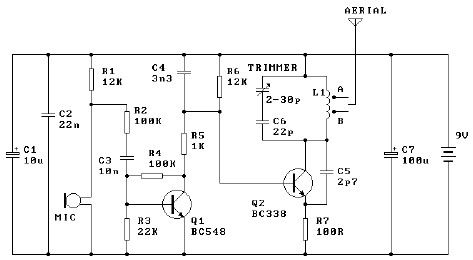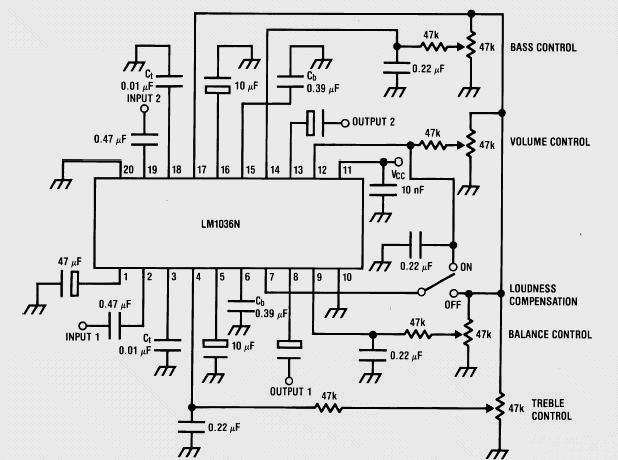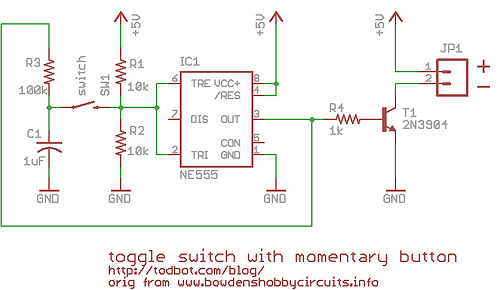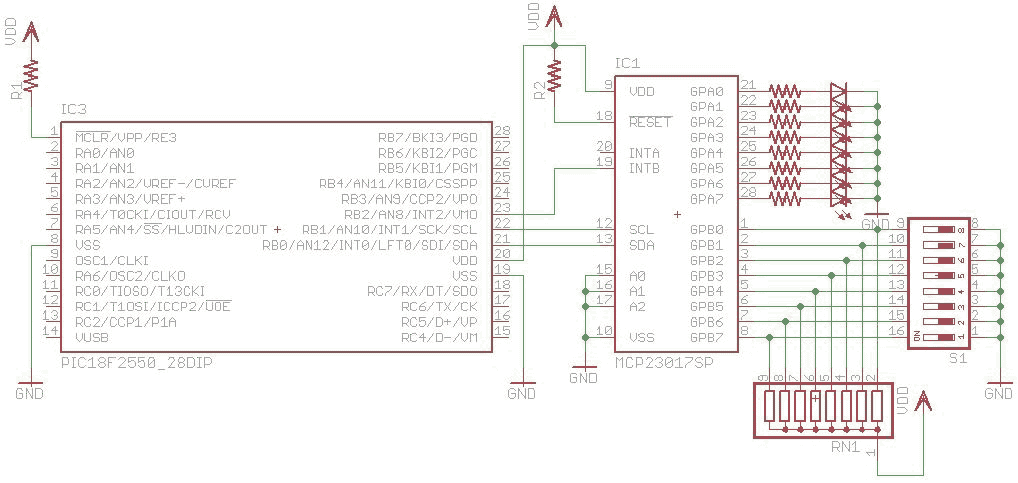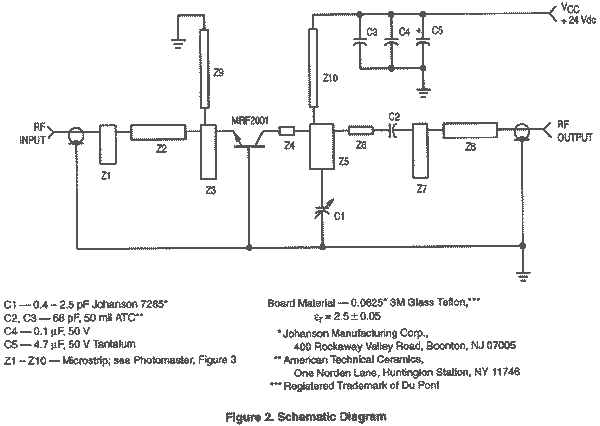
Small TV Modulator Using A Motorola MC1374
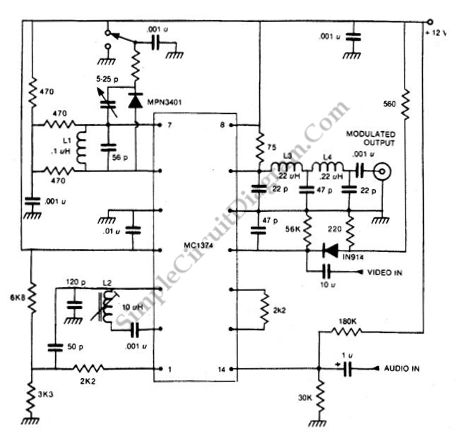
How can a television modulator be small and simple? First, it utilizes integrated circuits, and second, a TV modulator is essentially an amplitude modulator.
Television modulators are essential components in the transmission of television signals, converting audio and video signals into a format suitable for broadcasting. In modern designs, the use of integrated circuits (ICs) has significantly contributed to the miniaturization and simplification of these devices.
An integrated circuit combines multiple electronic components, such as transistors, resistors, and capacitors, onto a single chip. This consolidation allows for a reduction in the physical size of the modulator while enhancing performance and reliability. The IC-based design minimizes the number of discrete components required, which not only saves space but also reduces the complexity of the circuit layout.
A typical television modulator operates by employing amplitude modulation (AM) techniques. In AM, the amplitude of the carrier wave is varied in accordance with the audio and video signals being transmitted. The modulator takes the input signals, processes them, and then combines them with a carrier frequency to create a modulated output signal that can be transmitted over airwaves.
The architecture of a simple television modulator may include an input stage for signal conditioning, a modulator stage for the actual modulation process, and an output stage that may include filtering and amplification to ensure the signal is suitable for transmission. The integration of these functions into a single IC allows for a compact design that can be easily incorporated into various applications, including set-top boxes, digital video recorders, and other video transmission systems.
The advancements in semiconductor technology have further enabled the development of low-power, high-performance modulators that can operate efficiently even in constrained environments. This evolution not only facilitates the creation of smaller devices but also enhances the overall quality and reliability of television broadcasts.How can television modulator be small and simple like this? First, it uses integrated circuit, and the second, any TV modulator is nothing more than amplitude.. 🔗 External reference
Television modulators are essential components in the transmission of television signals, converting audio and video signals into a format suitable for broadcasting. In modern designs, the use of integrated circuits (ICs) has significantly contributed to the miniaturization and simplification of these devices.
An integrated circuit combines multiple electronic components, such as transistors, resistors, and capacitors, onto a single chip. This consolidation allows for a reduction in the physical size of the modulator while enhancing performance and reliability. The IC-based design minimizes the number of discrete components required, which not only saves space but also reduces the complexity of the circuit layout.
A typical television modulator operates by employing amplitude modulation (AM) techniques. In AM, the amplitude of the carrier wave is varied in accordance with the audio and video signals being transmitted. The modulator takes the input signals, processes them, and then combines them with a carrier frequency to create a modulated output signal that can be transmitted over airwaves.
The architecture of a simple television modulator may include an input stage for signal conditioning, a modulator stage for the actual modulation process, and an output stage that may include filtering and amplification to ensure the signal is suitable for transmission. The integration of these functions into a single IC allows for a compact design that can be easily incorporated into various applications, including set-top boxes, digital video recorders, and other video transmission systems.
The advancements in semiconductor technology have further enabled the development of low-power, high-performance modulators that can operate efficiently even in constrained environments. This evolution not only facilitates the creation of smaller devices but also enhances the overall quality and reliability of television broadcasts.How can television modulator be small and simple like this? First, it uses integrated circuit, and the second, any TV modulator is nothing more than amplitude.. 🔗 External reference
